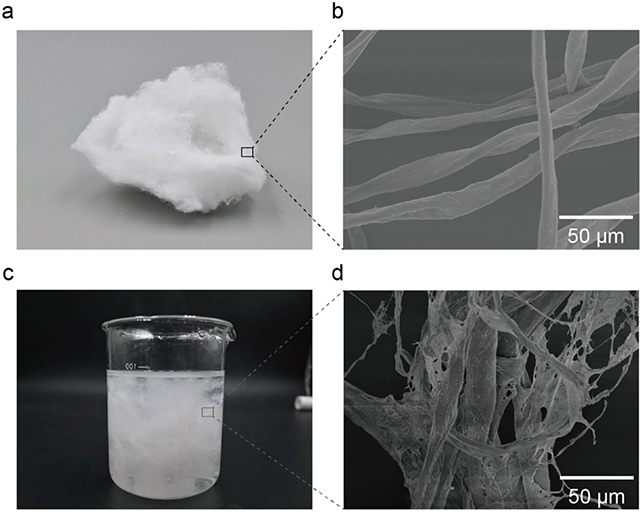Filter made from squid bone could be the solution to microplastics
Date: 1.1.2025
Sadly, we know that microplastics are getting everywhere, including our drinking water – but researchers have developed a new way to tackle the problem: a filter made of a rather unusual combination of material, which is able to remove up to 99.9 percent of tiny plastic fragments from water.
 The researchers, led by a team from Wuhan University in China, combined both chitin (derived from squid bone) and cellulose (derived from cotton) for their Ct-Cel foam filter. Both materials are found in abundance in nature, cheap to adapt, and sustainable.
The researchers, led by a team from Wuhan University in China, combined both chitin (derived from squid bone) and cellulose (derived from cotton) for their Ct-Cel foam filter. Both materials are found in abundance in nature, cheap to adapt, and sustainable.
They then tested their filter against numerous different types of plastic, finding it did an excellent job with a wide variety of fragment sizes and plastic types – including some of those most commonly seen in microplastic pollution.
Even when reusing the same filter up to five times, removal rates stayed above 95 percent. This high performance was maintained in tests on agricultural irrigation water, lake water, still water, and coastal water.
"This biomass fibrous framework (Ct-Cel) showcases an excellent adsorption performance for polystyrene, polymethyl methacrylate, polypropylene, and polyethylene terephthalate," write the researchers in their published paper. "The affinity for diverse microplastics is attributed to the transformation of multiple intermolecular interactions between different microplastics and Ct-Cel."
Image source: Wu et al. (2024), Science Advances.























